Successful full-time children’s book illustrator Jody Wheeler opens up about getting into the business and how it has evolved.
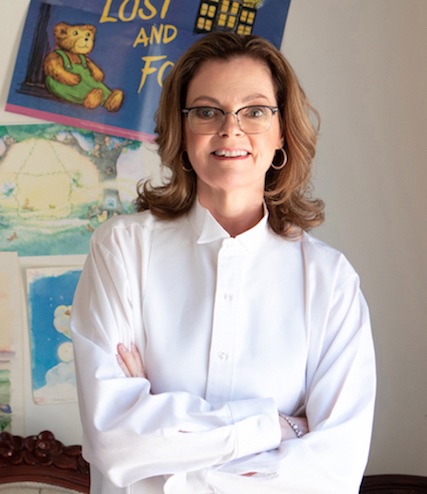
Children’s Book Illustrator Jody Wheeler
AS: How did you get your start as an illustrator for children’s books?
JW: My great aunt Opal Wheeler was a prolific author of children’s books. Each Christmas she would gift us with the whole list of books from her publisher, Dutton Children’s Books. As a kid who wrote stories and drew pictures since kindergarten, I realized that I could make a living as an illustrator and/or writer when I grew up.
After college I moved to New York City to pursue that ambition. I worked for three different publishers as a design assistant and developed relationships with people I still work with today. My first illustration assignments came from art directors I worked with. I illustrated a kindergarten math textbook and then got the assignment to do a series of movie tie-in books for Simon and Schuster. This was for a movie coming out the next year called E.T. the Extra-Terrestrial, one of many book tie-ins being done there. After that, I started working at home as a full-time freelance illustrator, doing books on E.T. for over a year.
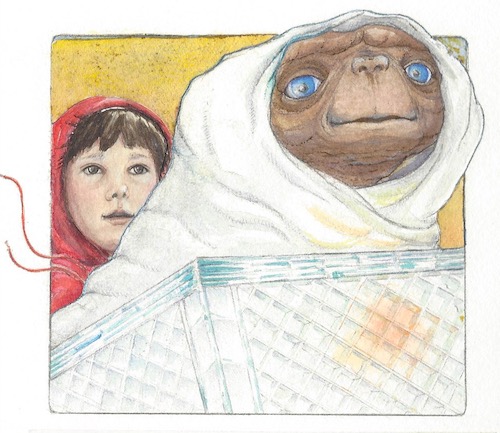
“Learn with E.T. What is this for?” c/r Universal City Studios
I shopped my portfolio around, took some courses on being self-employed and engaged in marketing. I advertised in directories and joined professional associations such as SCBWI (Society of Children’s Book Writers and Illustrators) and GAG (Graphic Artists Guild). Those organizations offer plenty of resources and advice. I sent samples out to potential clients I was interested in every holiday and was very persistent and patient. The Literary Marketplace directory was my guide to contacts at publishers.
This did pay off over time helping me to get over 70 books to illustrate, as well as many different kinds of commercial illustration jobs.
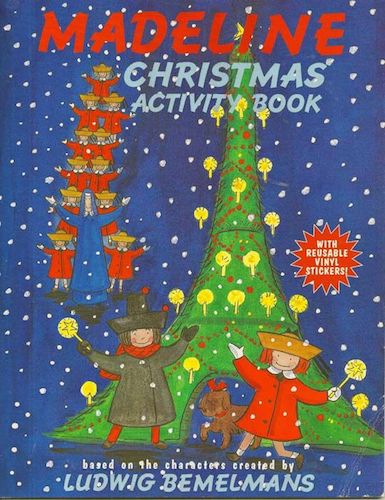
“Madeline Christmas Activity Book” illustrated by Jody Wheeler c/r Penguin Group (USA) Inc.
AS: You’ve illustrated some new stories that feature many classic characters from the past and present, in the style of the original character’s creator. How did you get involved with these projects, and what has been the result?
JW: Since I had illustrated the E.T. books, I was asked by Viking Books to do a sample of Madeline, the little French schoolgirl, for projects going forward in the style of Ludwig Bemelmans. I passed the audition. In addition to the fun Madeline projects, I was later assigned books featuring lots of other classic characters. These included Nate the Great, Max and Ruby, Timothy and Yoko and Corduroy the Bear. Each project was completed in the medium the original artists used, such as acrylics and collage, Claybord and inks and colored pencil.
The result of this has been that I’ve had the opportunity to continue the adventures of these classic characters for a new audience. I’ve been able to earn a living as an illustrator of them and also my own creations.
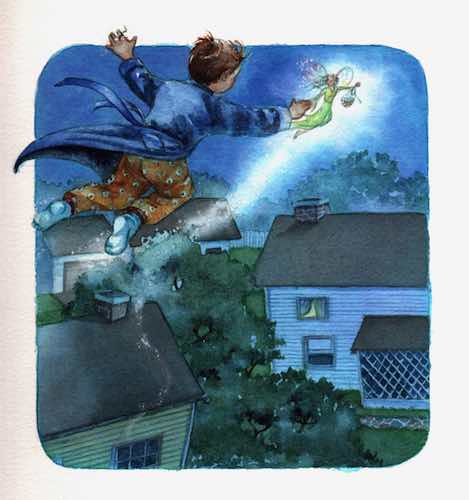
“Tooth Fairy Magic” Illustration by Jody Wheeler
AS: What projects are you working on now?
JW: Right now I’m working on new Corduroy the Bear board books, Merry Christmas Corduroy, in stores Fall of 2020, and Happy Easter Corduroy for Viking Books. These Don Freeman-style books are first drawn in India ink on Claybord panels, and then refined with scratch tools. Once done, the boards are printed on watercolor paper. I then paint the color finishes with Claybord inks. The finished art goes to Viking and many departments work with it as it becomes the book we see in bookstores.
Never ending, of course, are the tasks of updating my website, Facebook, and promoting Wheeler Illustration.
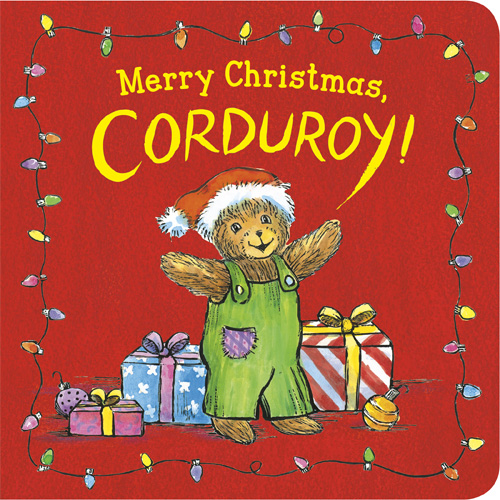
Cover of “Merry Christmas Corduroy” illustrated by Jody Wheeler
AS: What have you learned about this field that has helped you become successful?
JW: Here’s what I’ve learned, and would say to other artists who want to illustrate children’s books:
- Daydreaming is not always a waste of time for an artist. Make notes! Take pictures!
- Make sure to consider if you can keep your interest and enthusiasm for the whole length of the project.
- Retain your original art.
- Be realistic about the time it takes you to do your artwork so you can meet deadlines.
- Delegate different tasks so you can concentrate on your work and researching new clients.
- Join professional organizations in your region like the Society of Illustrators, GAG, SCBWI, and more, to take advantage of the information they have and to connect with other artists. Attend their conferences.
- Read your contracts and learn what each clause means. Retain a good copyright lawyer who can advise you.
- Go to bookstores regularly to see what is on the shelves.
- Visit children’s books exhibitions and galleries as often as you can.
- Never give up!
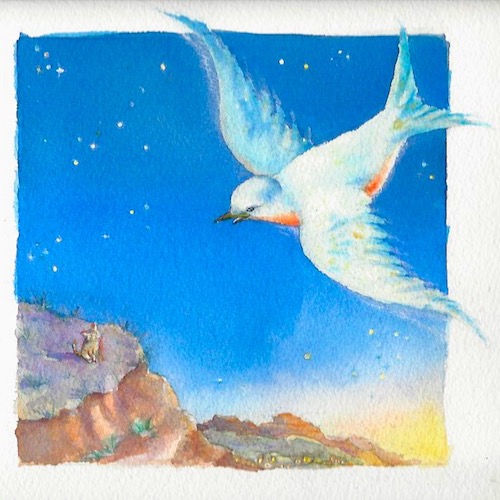
“A Cat’s Tale” illustration by Jody Wheeler
AS: What changes have you observed in the business over time?
JW: I have noticed some changes. It seems that promotion by actually mailing samples, instead of online marketing, is coming back. I’ve been approached by a company that organized “speed dating for work” in various cities. The illustrator prepares a portfolio on an iPad, and potential clients stop by for brief intervals to see the work. They may leave with a sample and contact info for the illustrator. The personal contact that puts a face with work is important and is valued once again. There are new opportunities for making that happen.
At the last Original Art exhibition of children’s book art at the Society of Illustrators I attended, about a third of the art hanging on the walls was labeled as digital medium. What this means for the sale of original art from children’s books in galleries and by artists is yet to be seen. Luckily for me and artists like me, there are still a lot of publishers who appreciate original hand painted art for the books they publish. There is room for all!


Very good stuff.